Ohio University Design Standards

Actual measurement on regenerative elevator drive and energy saving benefits
Kun-Yu Lin – Kuang-Yow Lian
Department of Electrical Engineering, National Taipei University of Technology, Taiwan
ABSTRACT. The present study focuses on the effect on power consumption and analysis of the amount of regenerative power that could be generated after the regenerative drives of elevators have been installed. The elevator regenerative drives transform gravitational potential energy into electrical energy by utilizing elevators’ operation characteristics and weight difference between carriage and counterweights. The regenerative power is then fed back into electrical grid of a building and afford other electrical equipment to achieve energy saving. This paper investigates the operating principle of elevators, describe the mechanism of regenerating power, distinguish the terminologies of the power saving rate and the regenerative energy ratio, and finally use a power analyzer to monitor the experimental data of an elevator before and after installing a regenerative power drive.
CLICK HERE to order complete article
Designing illumination for vertical ingress and egress paths requires reconciliation of competing requirements of safety economy:
Consistent and Adequate Lighting: Shadows and dark spots should be minimized to prevent trips and falls.
Light Direction and Glare: Light fixtures should be positioned to avoid creating excessive contrast between steps.
Staircase Configuration: Staircases come in various shapes, sizes, and configurations, such as straight, curved, or spiral.
Light Distribution: Lighting should adequately cover the entire stair tread and riser area to provide clear visibility and depth perception.
Energy Efficiency: Specifying energy-efficient light sources such as light emitting diodes and lighting controls such as motion sensors or timers.
Maintenance and Durability: Scaffolding safety should be a peak consideration.
Some of the foregoing challenges can be resolved with the use of handrail illumination but are accompanied by additional electrical wiring requirements.
The parent standard in the United States for designing and building facilities for accessibility is ANSI/A117.1 Standard for Accessible and Usable Buildings and Facilities developed by the International Code Council. During 2023 this title will be revised but until then he 2017 release is the stabilized edition:
FREE ACCESS (ICC DIGITAL CODE PLATFORM)
Many A117.1 concepts require coordination with the International Building Code. We provide an example regarding stairway illumination below:
BCAC General 5 – IBC A117.1 Coordination 11-20-1027 File 16-124
We walked through this earlier in 2020. It is noteworthy because the proposed safety concepts will likely require harmonization with NFPA and IEEE standards bibliography. Committees usually take it upon themselves to get that right but getting it right means all committees need to work bi-directionally; action that is limited by time resources of volunteers.
Technical specifics in meeting the US Department of Justice requirements for accessibility is close coupled with A117 since it is incorporated by reference into federal law. 2021/2022 Code Development Cycle has been completed and another cycle has begun:
2024/2025/2026 ICC CODE DEVELOPMENT SCHEDULE
ICC (ASC A117) CONSENSUS COMMITTEE ON A117.1 04-27-2023 Minutes 31
Since the ICC catalog cuts across many disciplines we touch most titles almost every day at 15:00 UTC; open to everyone with the login credentials at the upper right of our home page.
Issue: [13-36] and [16-124]
Category: Architectural, Risk Management
Colleagues: Richard Robben
FYI: Errata to 2017 Edition:
This content is accessible to paid subscribers. To view it please enter your password below or send mike@standardsmichigan.com a request for subscription details.
We continue build out of our collaboration architecture for “code writers and vote-getters” begun at the University of Michigan in 1993. We are now drilling down into state and local adaptations of nationally developed codes and standards that are incorporated by reference into public safety and sustainability legislation.
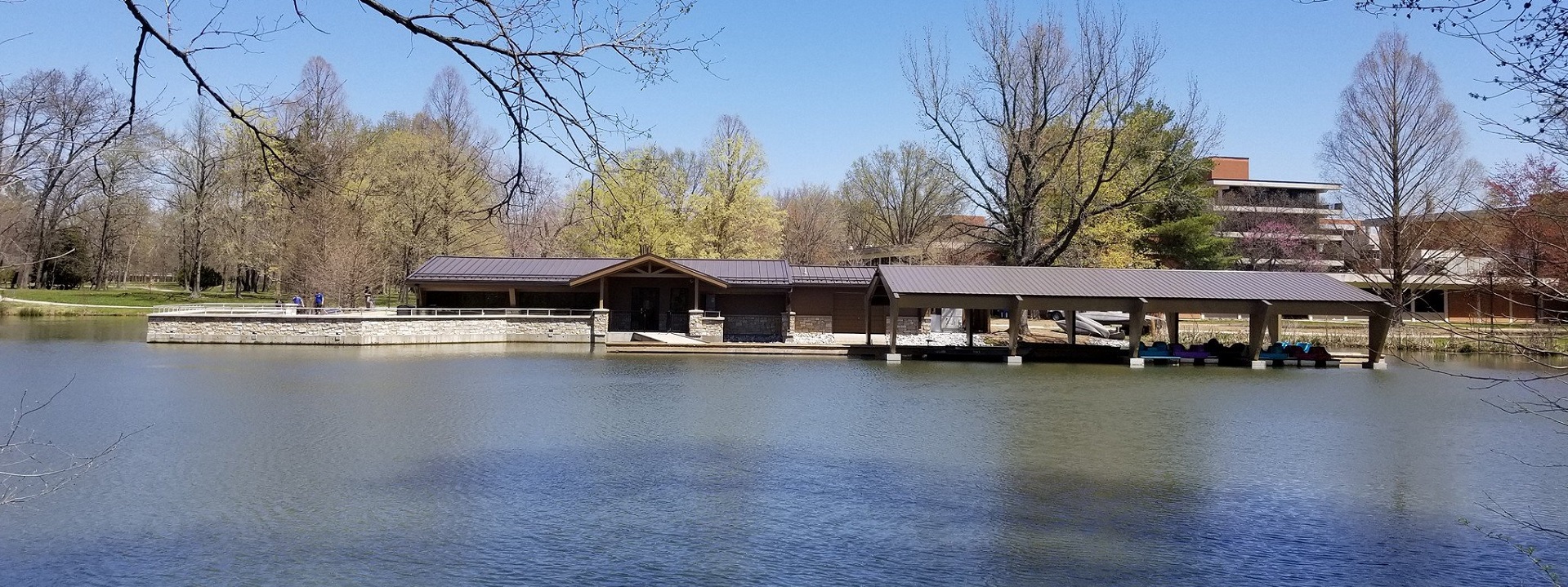

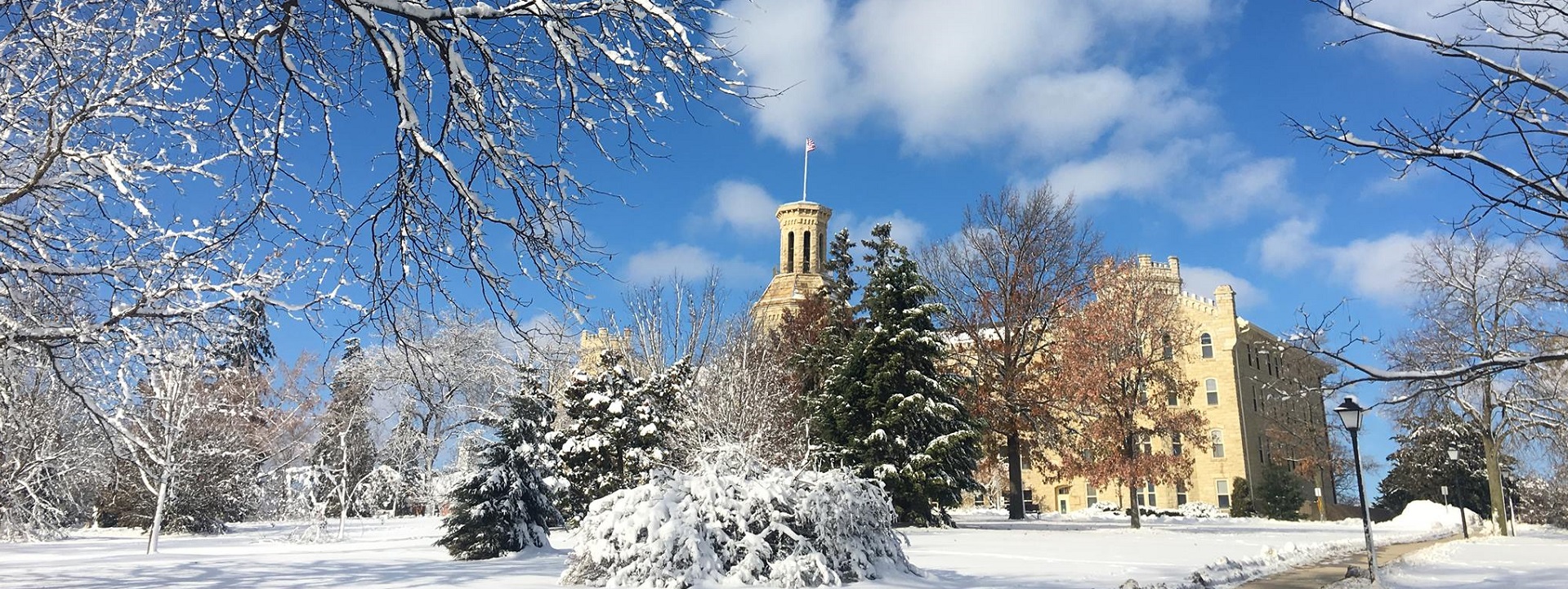
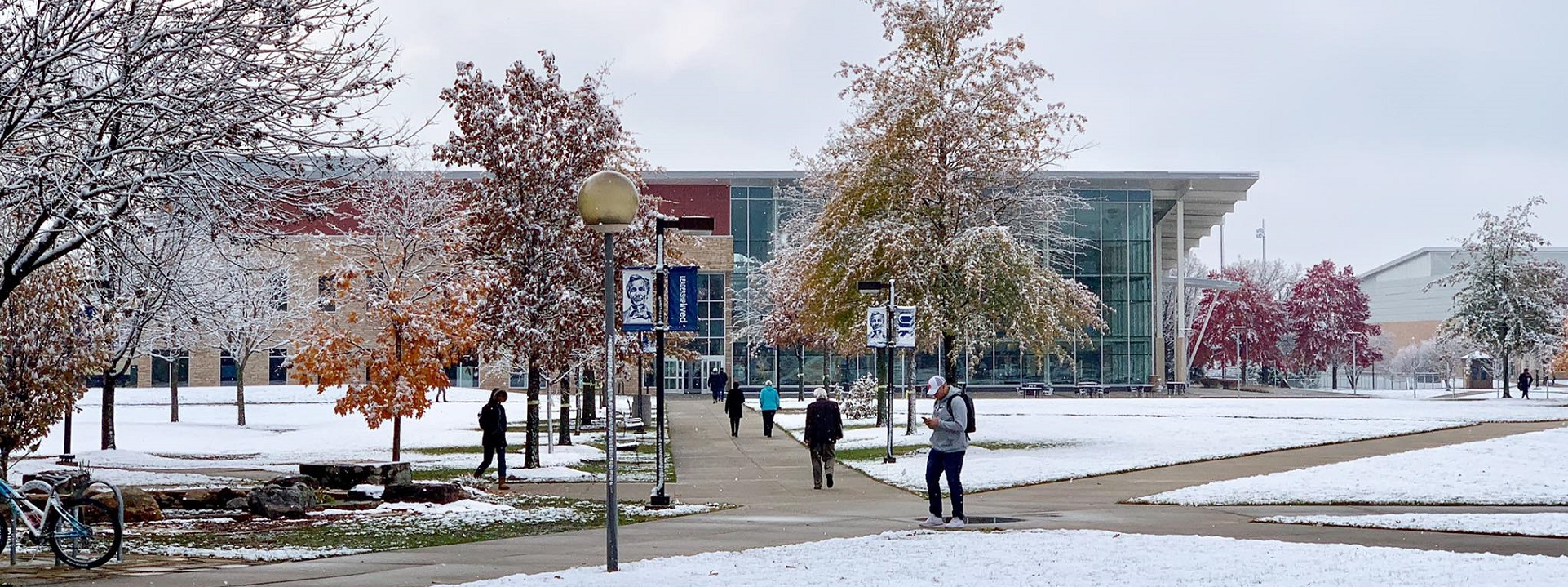
Proud neo-classicism: Senn High School, Chicago. Architect: Arthur Hussander. pic.twitter.com/LCfJ2Xa8I2
— Blair Kamin (@BlairKamin) May 9, 2020
Sport is the bloom and glow of a perfect health.
—Ralph Waldo Emerson
Sport programs, facilities and equipment support one of the most visible and emotionally engaging enterprises in the education communities. These programs are central to the brand identity of the community and last, but not least, physical activity keeps our young people healthy in body and mind.
ASTM International is one of the first names among the 300-odd ANSI accredited standards setting organizations whose due processes discover and promulgate the standard of care for the design, construction, operations and maintenance of the facilities that support these enterprises. The parent committee is linked below:
ASTM Committee F08 on Sports Equipment, Playing Surfaces, and Facilities
While ASTM bibliography is largely product-oriented, there are many titles that set the standard of care for sport enterprises and the accessories to these enterprises. To identify a few:
ASTM F1774 Standard Specification for Climbing and Mountaineering Carabiners
ASTM F2060-00(2011) Standard Guide for Maintaining Cool Season Turfgrasses on Athletic Fields
ASTM F1703-13 Standard Guide for Skating and Ice Hockey Playing Facilities
ASTM F1953-10 Standard Guide for Construction and Maintenance of Grass Tennis Courts
ASTM F1081-09(2015) Standard Specification for Competition Wrestling Mats
ASTM F2950-14 Standard Safety and Performance Specification for Soccer Goals
When the General Requirements of an athletic facility construction project indicates: “Conform to all applicable standards” then, in the case of an sport facility, the ASTM title is likely the document that defines the standard of care from a product standpoint. Interoperability of the products in a sport setting are quite another matter.
At the international level, we track action in ISO/TC 83 Sports and other recreational facilities and equipment administered globally by the Deutsches Institut für Normung e.V. ASTM International is ANSI’s Technical Advisory Group for this committee.
The ASTM standards development process depends heavily on face-to-face meetings — typically two times per year – in different parts of the United States. The benefit of this arrangement lies in the quality of discussion among subject matter experts that results produced from face-to-face discussion. The price to pay for this quality, however, lies in the cost of attendance for the user-interest in the education industry. Relatively few subject matter experts directly employed by a school district, college or university who are charged with lowering #TotalCostofOwnership can attend the meetings. Many of the subject matter experts who are in attendance at the ASTM meetings from the education industry tend to be faculty who are retained by manufacturers, insurance, testing laboratories, conformity and compliance interests. (See our discussion of Incumbent Interests)
That much said, ASTM welcomes subject matter experts on its technical committees (Click here) We encourage participation by end users from the education industry — many of them in the middle of athletic facility management organization charts. The parent committee meets twice a year; after which we usually find public review redlines developed during those meetings to hit our radar. The link to the schedule of face-to-face meetings appears below:
Note that the August 2020 cancelled but the November 2020 meeting still appears on the schedule. It is likely that much of the committee work will be done online.
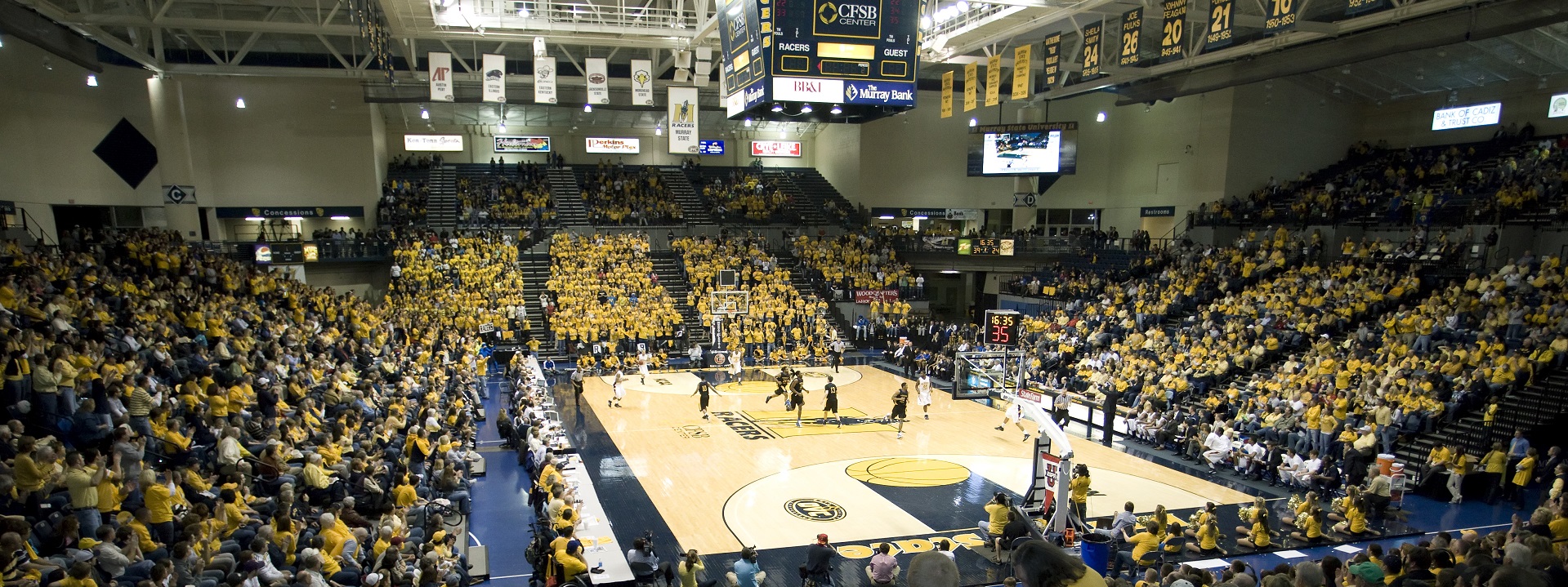
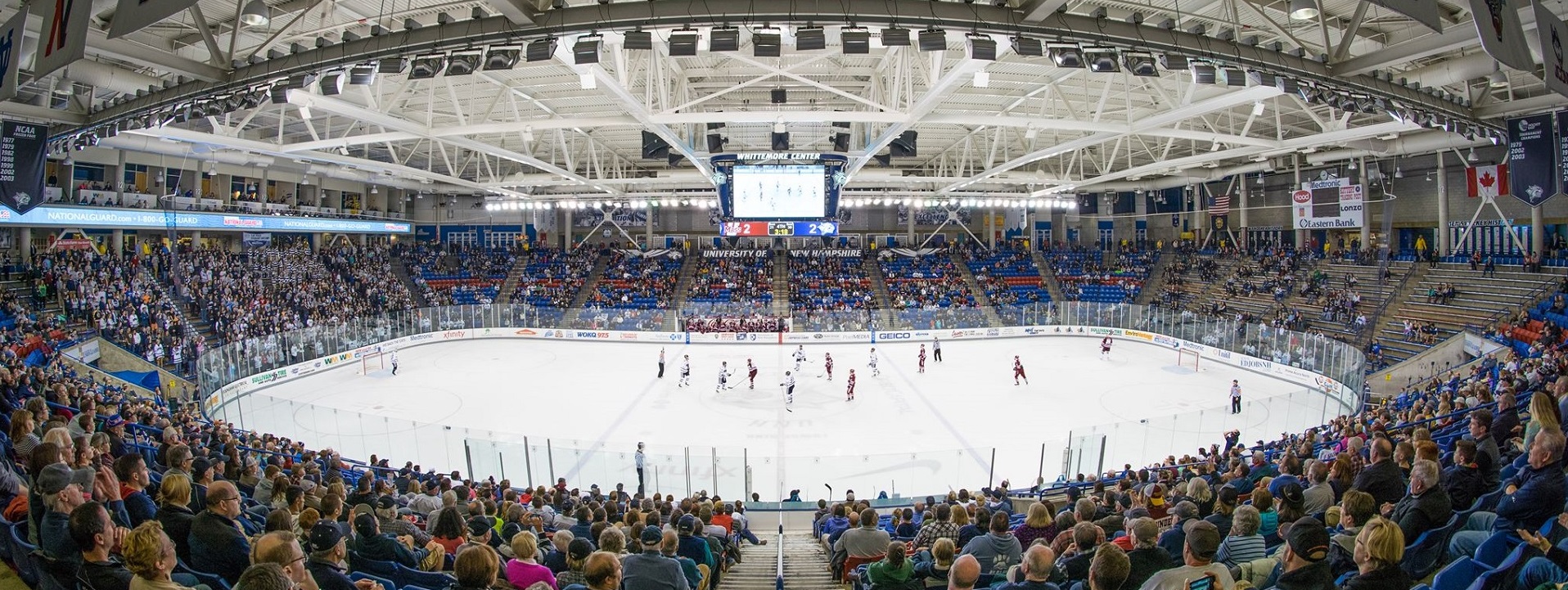
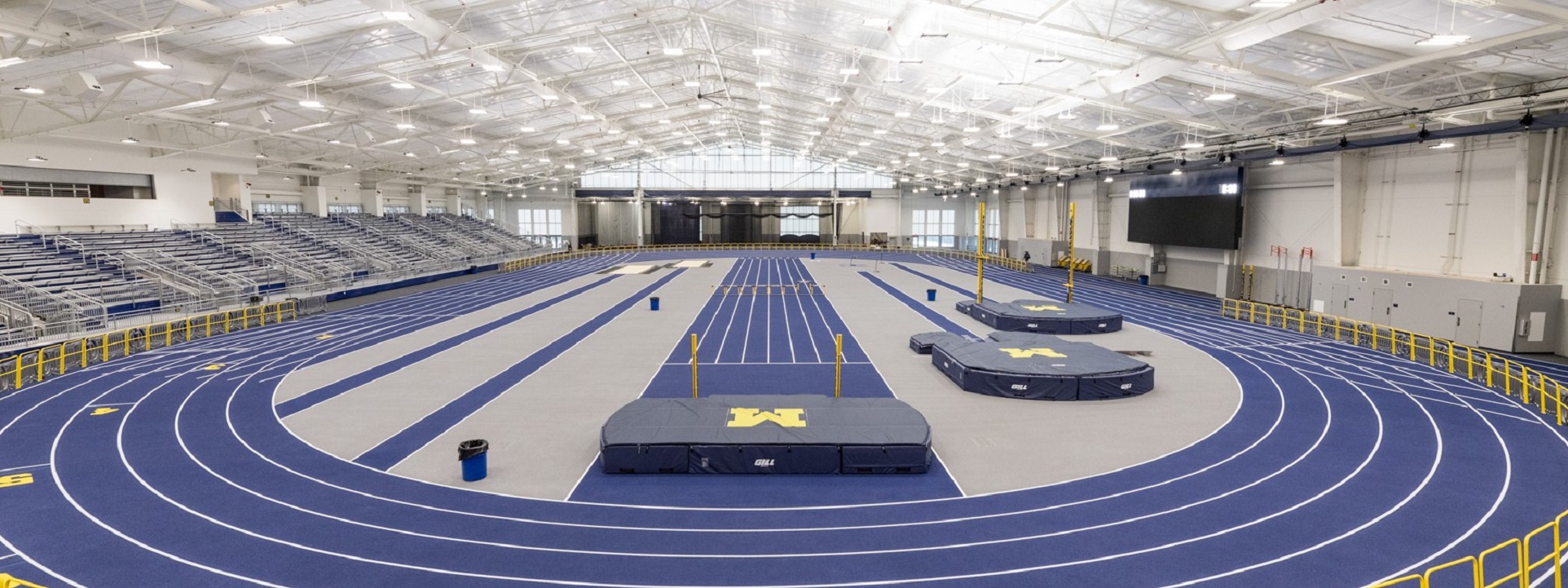
We are required to review draft ASTM consensus products with some care — owing to copyright restrictions — so we do it interactively online during teleconferences devoted to Sport. See our CALENDAR for the next online meeting; open to everyone.
Issue: [7-7] [10-32] [13-165] [20-156]
Category: Sport, Management, Risk Management
Contact: Mike Anthony, Jack Janveja, George Reiher, Richard Robben
Harvard upgrades stadium field | ASTM develops turf safety standards http://t.co/pObQduSg0Khttp://t.co/wRoCPDeVbZ pic.twitter.com/7gLp9tO3B1
— Standards Michigan (@StandardsMich) April 22, 2015
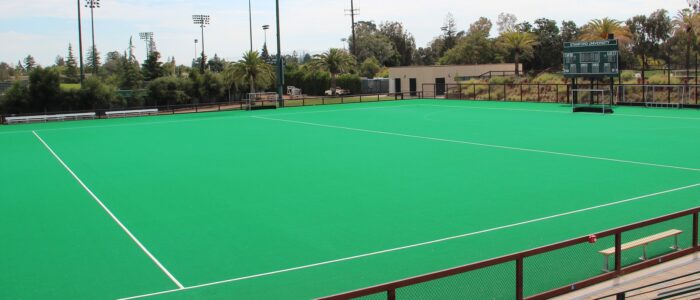
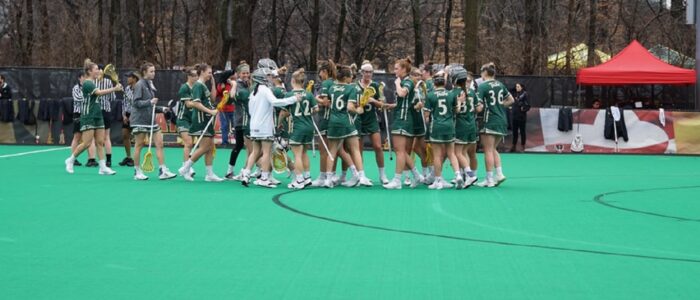
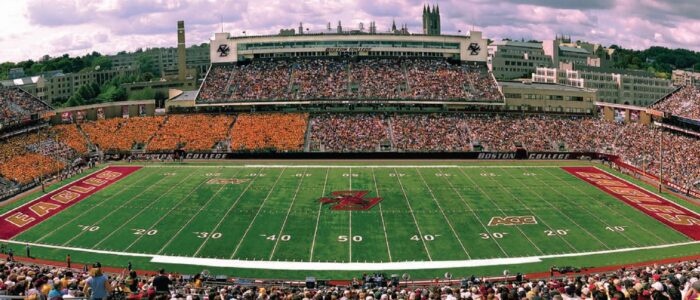
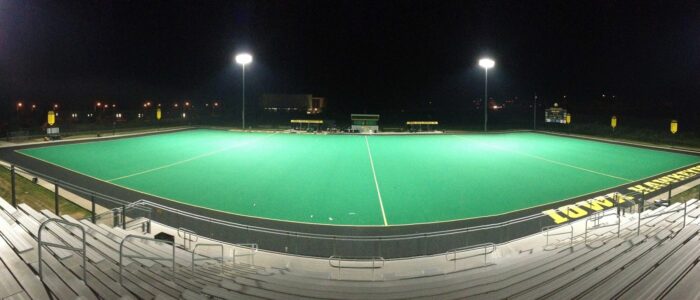
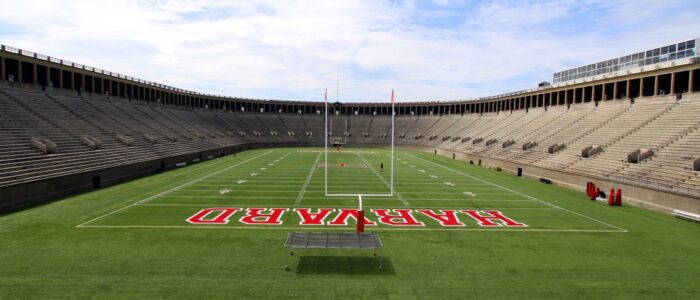
The Synthetic Turf Council is a 501(c)6 non-profit trade association serving the synthetic turf industry. Its vision is to improve the world through synthetic turf. Its mission is to serve as the global forum to promote, develop, grow and advocate for the synthetic turf industry. As a voice in its industry, it promotes the benefits of synthetic turf systems, it provides credentialing services and, for our purpose produces a bibliography of consensus products relevant to the education facility industry:
Synthetic Turf Council Technical Guidelines
You may communicate directly with the Council at the link below:
Synthetic Turf Council Contact Information
We do not find any open public consultations at the moment but we keep the Council’s consensus products in on the standing agenda of our Sport teleconferences. See our CALENDAR for the next online meeting.
LEARN MORE:
White Papers & Technical Presentations
New update alert! The 2022 update to the Trademark Assignment Dataset is now available online. Find 1.29 million trademark assignments, involving 2.28 million unique trademark properties issued by the USPTO between March 1952 and January 2023: https://t.co/njrDAbSpwB pic.twitter.com/GkAXrHoQ9T
— USPTO (@uspto) July 13, 2023
Standards Michigan Group, LLC
2723 South State Street | Suite 150
Ann Arbor, MI 48104 USA
888-746-3670
